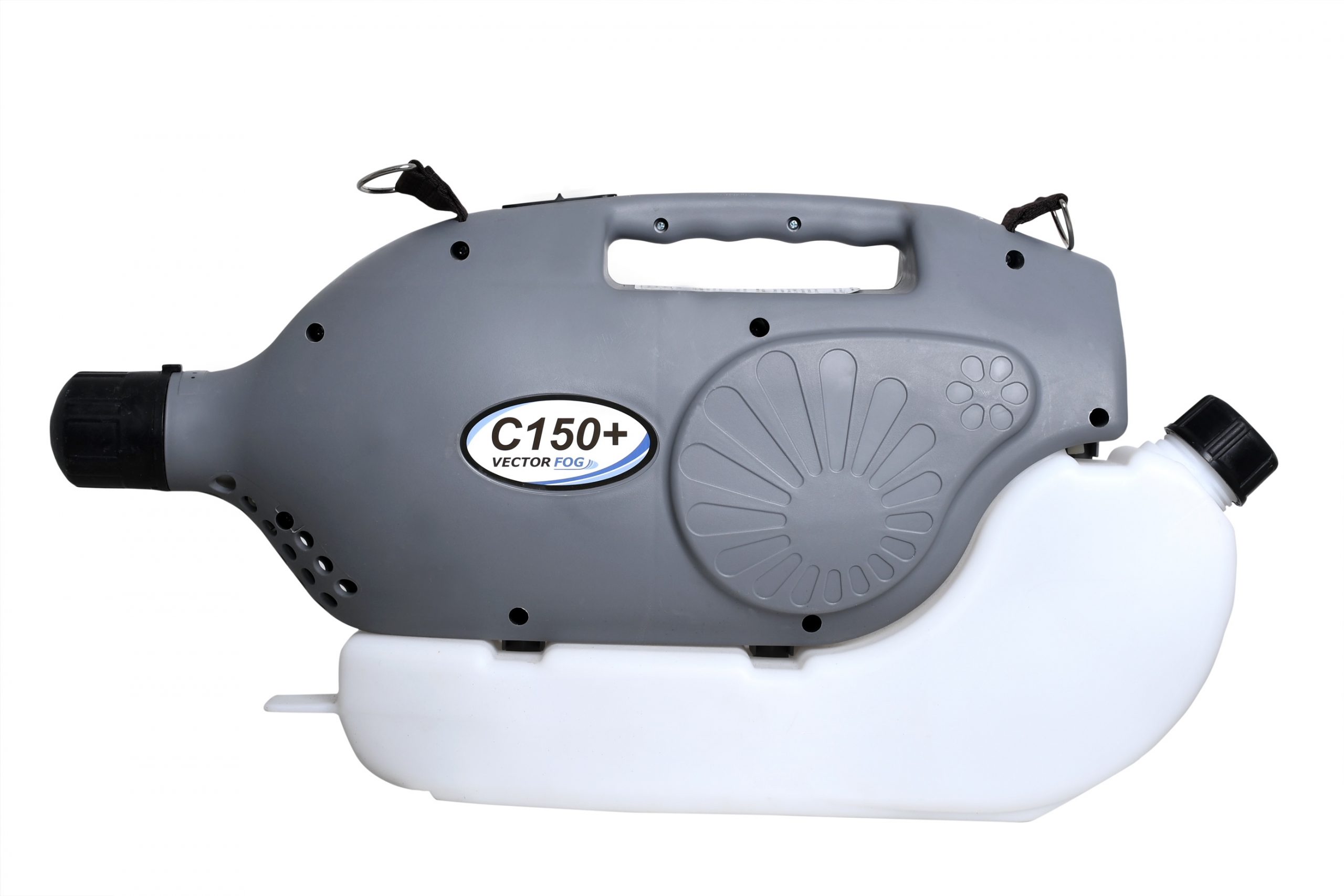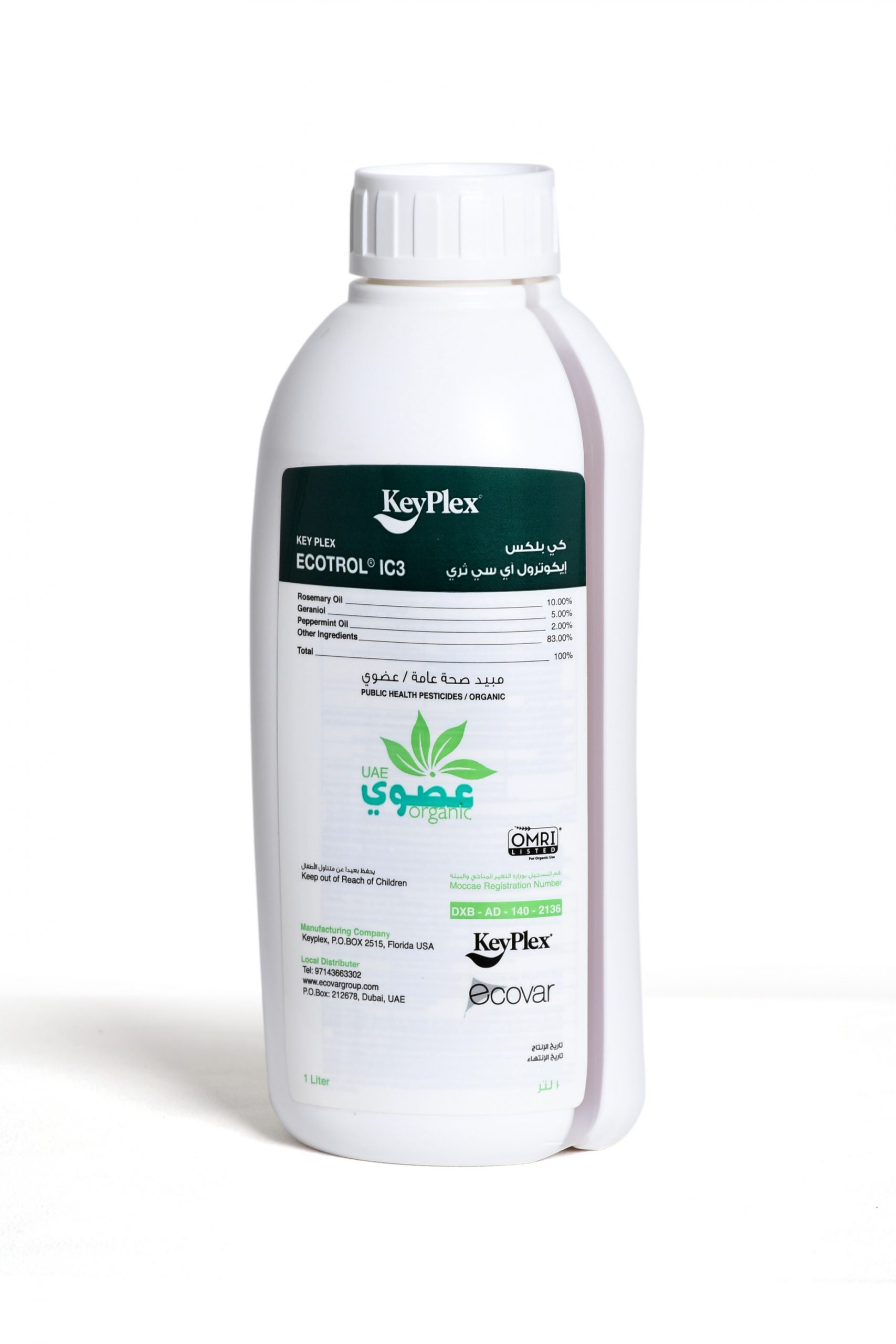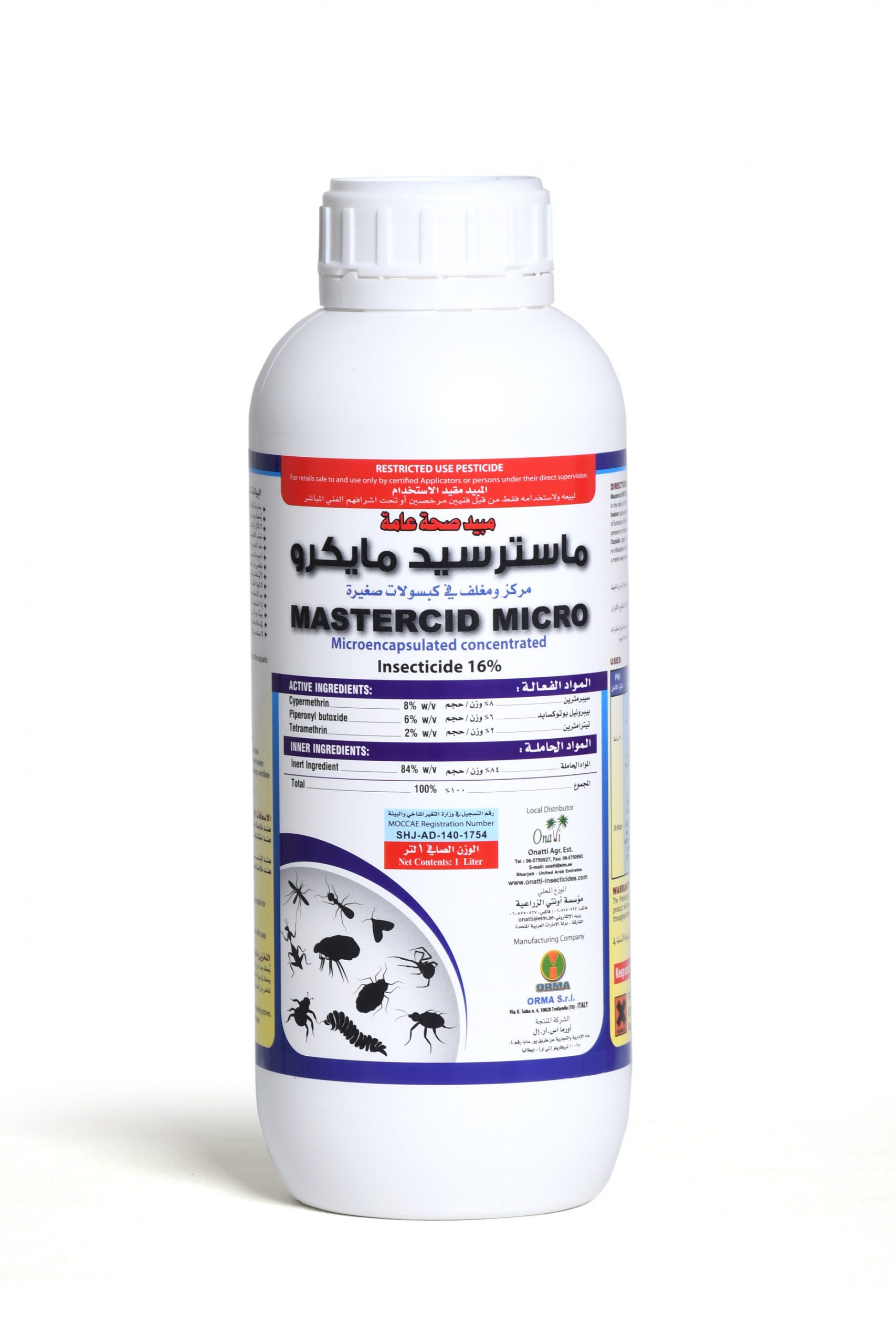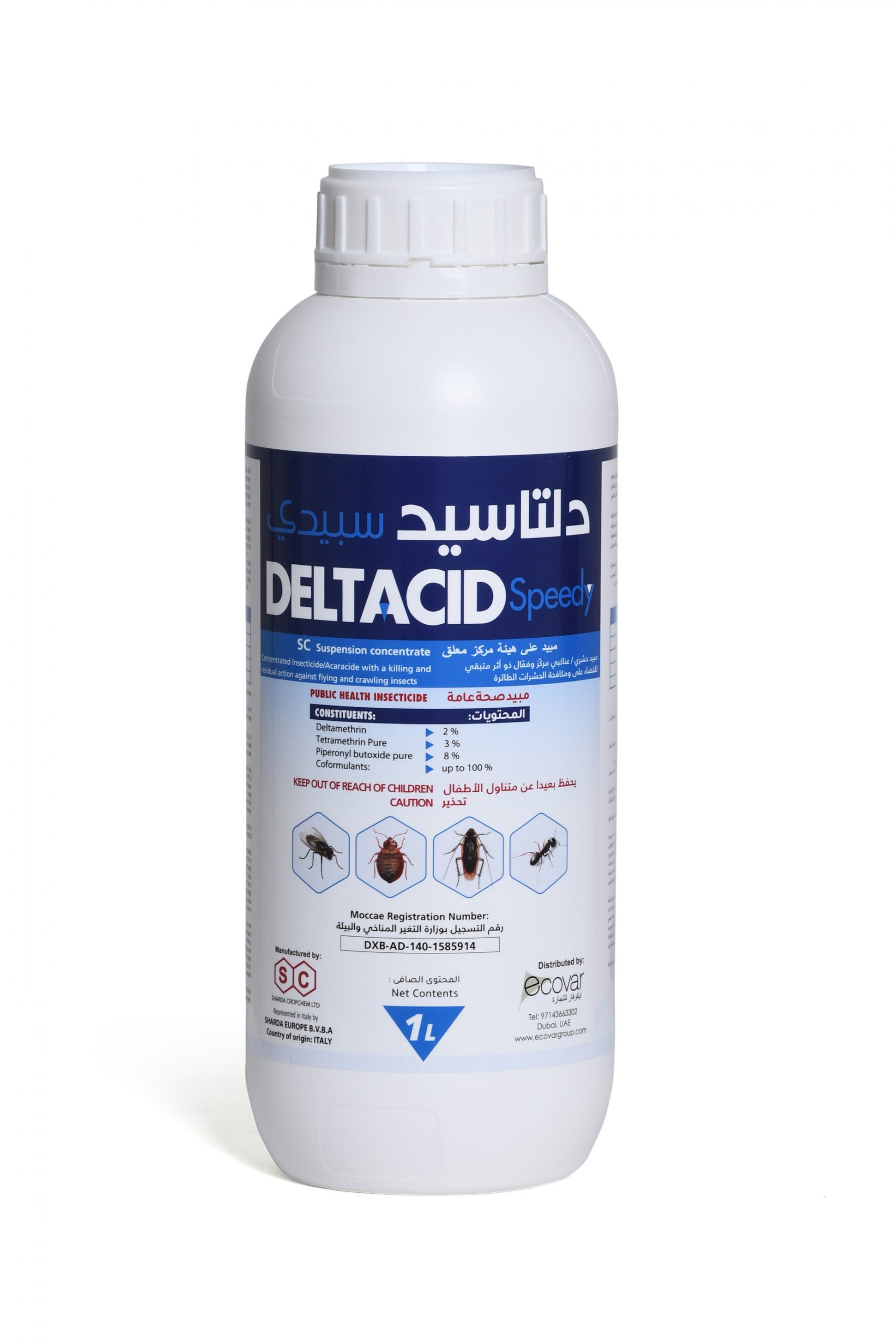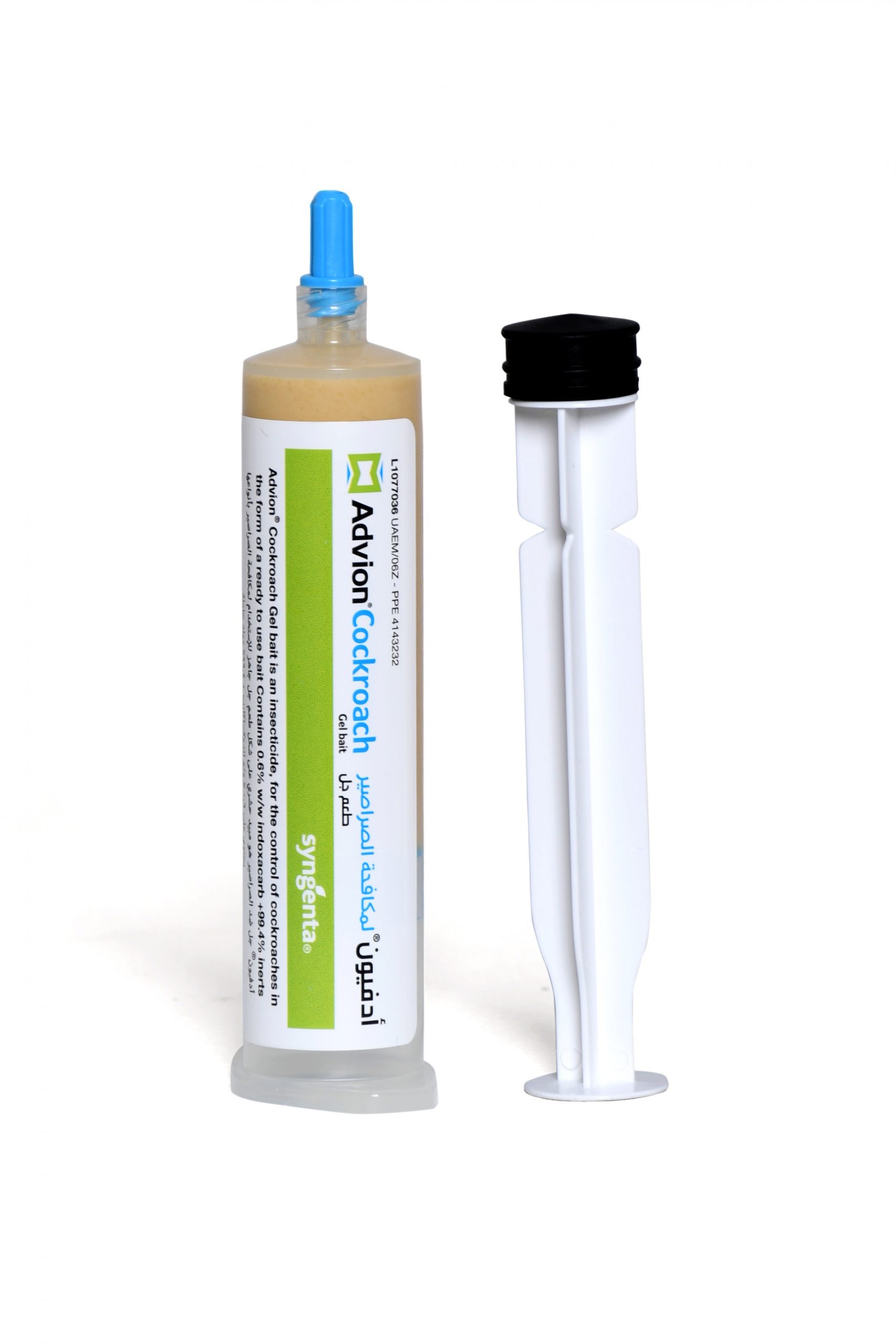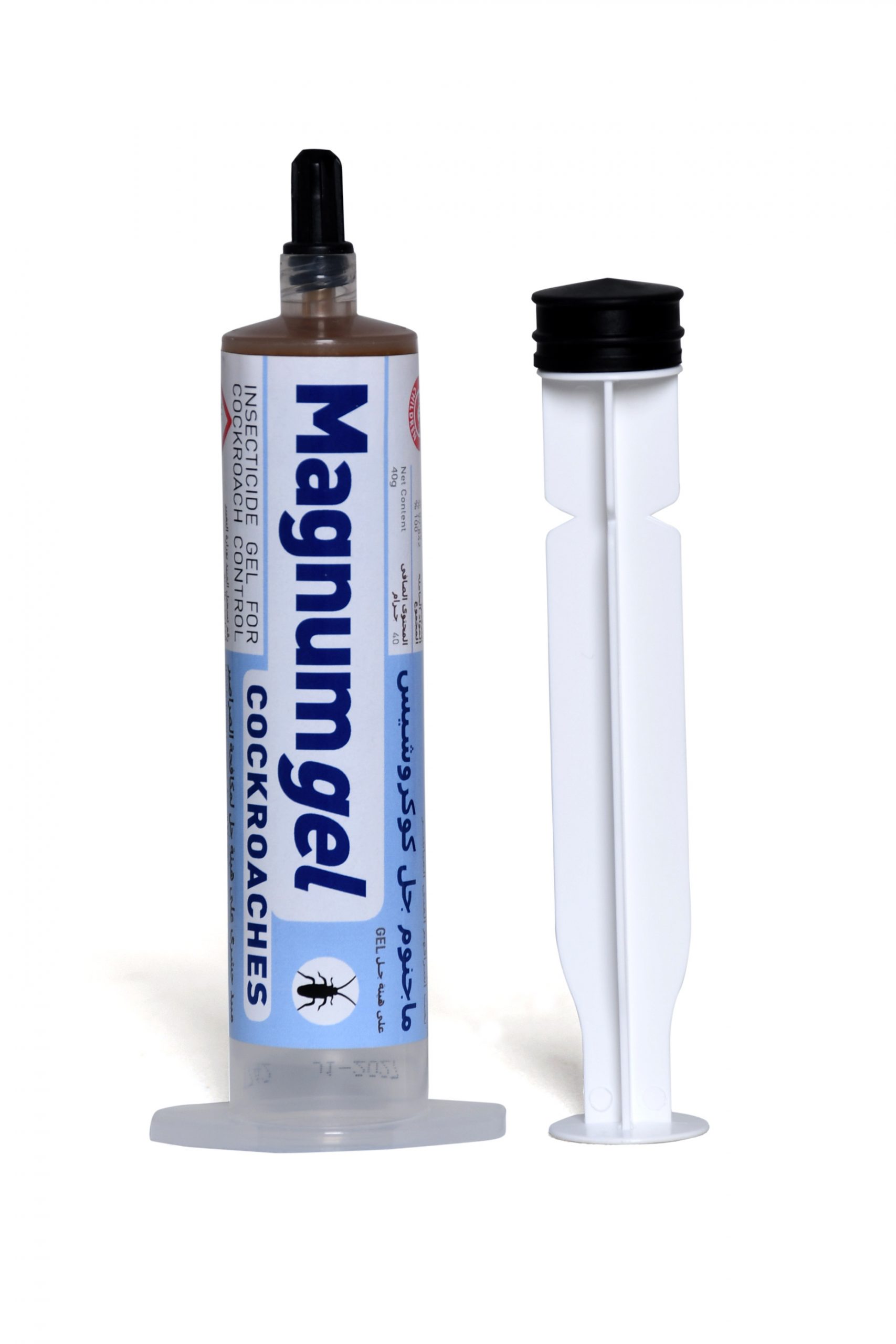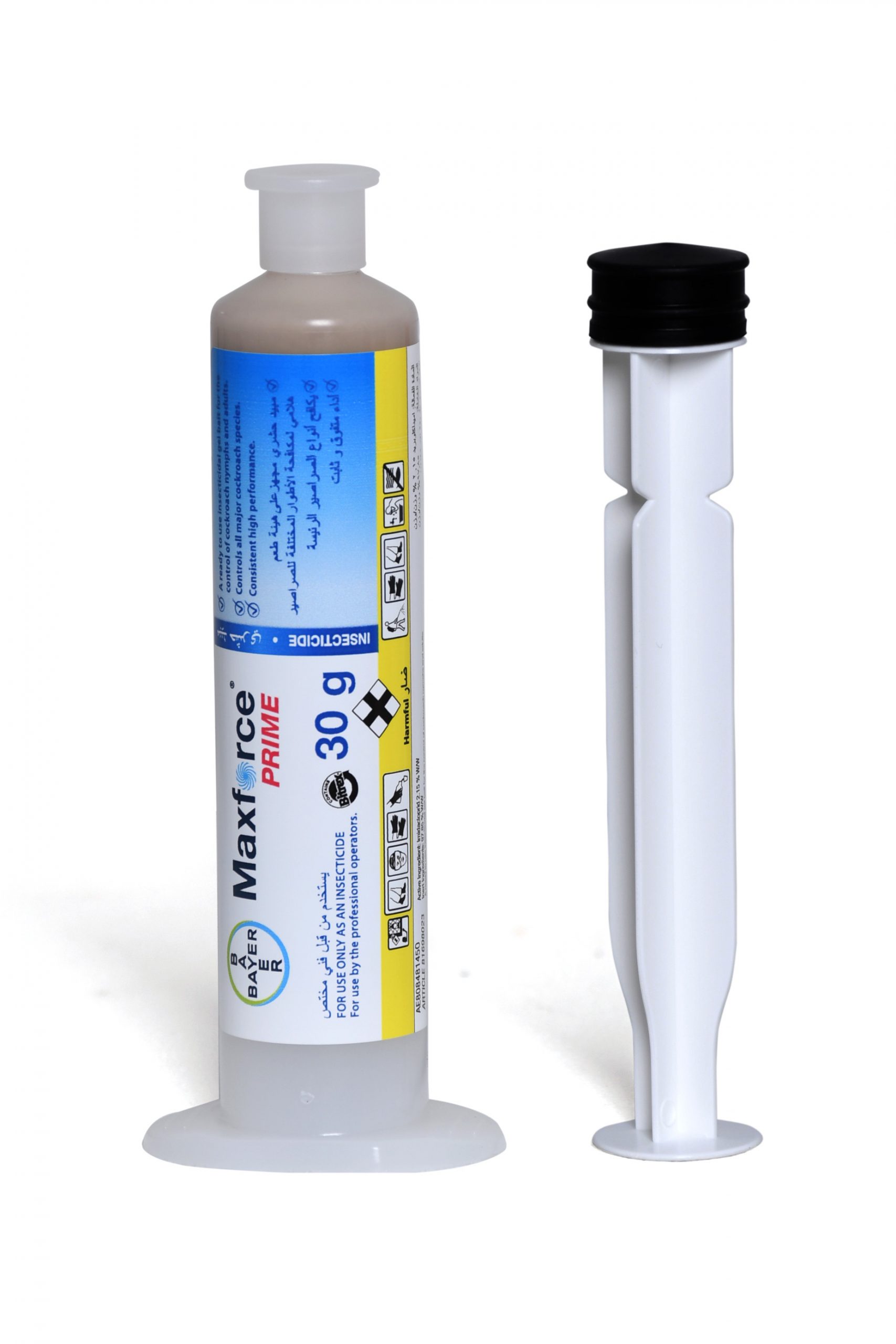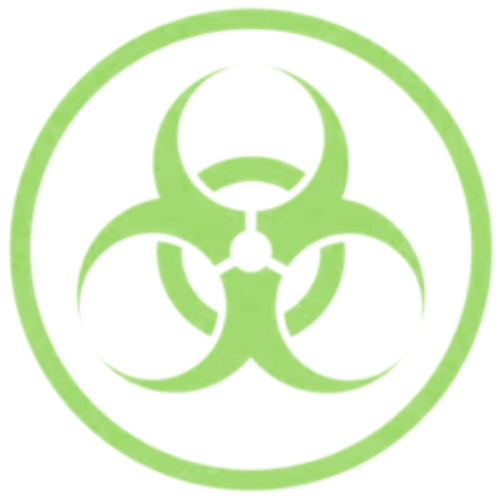1Year Warranty
Official contract
24/7
Working hours
1 Hour
Arriving Immediately
Mold Control
of UAE
We will finish your Mold problem with just one message and as soon as today


Destruction of mold and fungi
Caution indicators for mold presence in your residence:
- Dark spots on your floors, walls, or ceilings
- Musty odors of mildew
- Respiratory and allergy issues
- Elevated moisture levels resulting in condensation on glass or paint walls
Mold infestation can lead to::
- Structural damage to foundations, HVAC systems, drywall, roofing, gutters, furnishings, and other areas
- Health problems that include headaches, skin irritation, allergic reactions, breathing difficulties, aggravation of asthma symptoms, and more
Price for mold treatment
|
Volume of work
|
(AED) square/running meters
|
(AED) square/linear feet
|
|---|---|---|
|
Before 1 sq.m.
|
35 per 1 sq.m./running m.
|
35 per 10.76 sq.feet. or 3.28 linear feet
|
|
From 1 до 3 sq.m.
|
30 per 1 sq.m./running m.
|
30 per 10.76 sq.feet. or 3.28 linear feet
|
|
From 3 до 7 sq.m.
|
25 per 1 sq.m./running m.
|
25 per 10.76 sq.feet. or 3.28 linear feet
|
|
From 7 до 10 sq.m.
|
20 per 1 sq.m./running m.
|
20 per 10.76 sq.feet. or 3.28 linear feet
|
|
More than 10 sq.m.
|
Free inspection
|
|
In what cases can we be useful?
- If you will be looking for the best mold removal company near me
- If your home or business have a problem with any types of molds
- If you've been battling mold for a long time without success
- If you're looking for a professional company that specializes in clean black mold removal
Why mold mitigation need be handled by experts
Health Risks
Mold spores can be harmful or even toxic. Professionals have the proper safety equipment to protect themselves during mold removal.
Effective Treatment
We have specialized products and equipment that the average person does not have access to. This ensures that the mold is removed effectively and will not return in the immediate future.
Expertise
Professionals are trained to identify different types of mold and to treat them appropriately, which is crucial for preventing future growth.
Structural Integrity
Mold damage the structure of a building if not properly removed. A professional company can assess and treat these risks.
Comprehensive Service
we provide maintenance and renovation services after mold treatment
For identification hotspots and hidden mold forms we use a TAC cameras. It allows us to detect fungal with 99% accuracy
Also, we provide mold cleaning services for business customers and large volumes:
- Food production, restaurants, cafeterias
- Hotels, offices, clinics, warehouses, schools
- All types of transport: road, water, air
Protect your home with professional mold control services
Authorized by the Municipality
Official company powered by municipality of Dubai
Round-the-Clock operation
/ Our operators and crews are available around the clock
Work guarantee
We operate under the contract
For Individuals and Businesses
We serve both private individuals and corporate clients
Safety
Pesticides have MSDS and COSHH certificates
Professional Equipment
Use state-of-the-art equipment from top US and Europe brands.
|
Price for Mold Laboratory Analysis
|
Price AED
|
|
|---|---|---|
|
Air Quality Testing
|
1000
|
|
|
Surface Scraping (Microscopic Analysis)
|
1000
|
|
|
Mycotoxin Analysis
|
1000
|
|
|
PCR Analysis
|
1000
|
|
|
Measurement of Humidity and pH Levels
|
1000
|
|
|
Sample Analysis
|
1000
|
|
Common types of household dangerous mold
Mold can be a pesky intruder in any home, but knowing the types of mold you may encounter can help you take appropriate action. Below are some of the most common types of household mold:
Aspergillus (Green or Yellow)
Often found in air conditioning systems and on food, this mold comes in various species and colors. It can cause allergic reactions and respiratory issues.
Cladosporium (Green)
This mold type commonly appears on fabric and wood surfaces. It’s generally non-toxic but can cause allergies and asthma symptoms.
Penicillium (Blue or Green)
Often found on wallpapers, fabrics, and decaying fabrics, this mold is known for its blue or green color. It can lead to allergies and asthma.
Stachybotrys Chartarum (Black Mold):
This toxic mold is less common but more dangerous. It appears as black or dark green and thrives in damp, humid areas like bathrooms. Exposure can cause severe health issues.
Alternaria (Gray)
Commonly found in bathrooms, under sinks, or around windows, this mold type can cause allergic reactions and asthma attacks.
Mucor (White)
Typically found near air conditioning, HVAC systems, or damp carpets. Mucor can cause severe health issues, including respiratory problems.
Trichoderma (Green or White)
Found on wet surfaces, this mold type is generally non-toxic but can produce mycotoxins that are harmful in large amounts.
Fusarium (Orange)
Commonly found in soil and on plants, this mold can also make its way into homes, particularly in carpeting or wallpapers. It can cause skin infections and allergies.
For identification and removal of any of these mold types, it’s recommended to consult professionals for effective treatment.
Types of mold tests
Air Quality Testing: This analysis helps to determine the concentration of mold spores in the air and can be particularly useful before and after remediation to compare the effectiveness of air quality.
Surface Scraping (Microscopic Analysis): Direct sample collection from surfaces for lab analysis. This method provides information about the types of mold present on treated surfaces.
Mycotoxin Analysis: Particularly useful if there is a suspicion of toxic mold types that may pose a special health risk.
PCR Analysis: This molecular method allows for rapid and accurate identification of mold types.
Measurement of Humidity and pH Levels: These parameters can indicate conditions that are conducive to mold growth and are often analyzed in addition.
Toxicological Analysis: Used to assess the impact of mold on human health, especially if there are chronic illnesses or allergies involved.
Sample Analysis: Often used to assess the overall ‘moldiness’ of a space, especially if the mold is not visible to the naked eye.
Some facts about mold:
- Mold is a fungus that grows in the form of microscopic threads called hyphae.
- Mold can grow on various surfaces, including food, walls, furniture, and even inside living organisms.
- Mold can produce spores that can spread in the air and cause allergic reactions in humans.
- Some types of mold are used in the food industry to produce cheese, wine, and other products.
- Mold can be beneficial for the environment as it helps decompose organic material and return it to the soil.
- Mold can produce metabolites, such as antibiotics, which can be used in medicine to combat infections.
- Mold can thrive in extreme conditions, including high temperatures, low humidity, and even in outer space.


